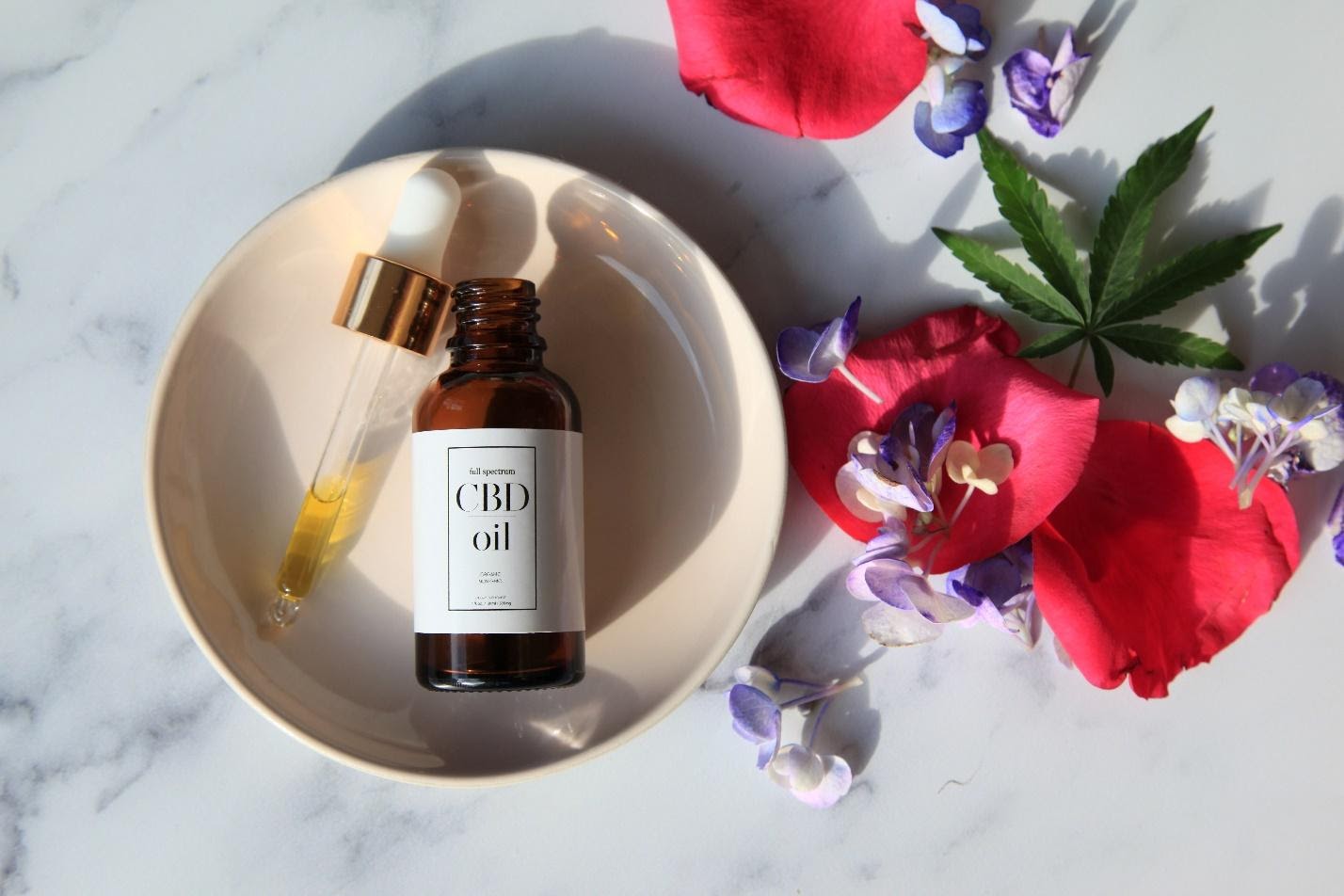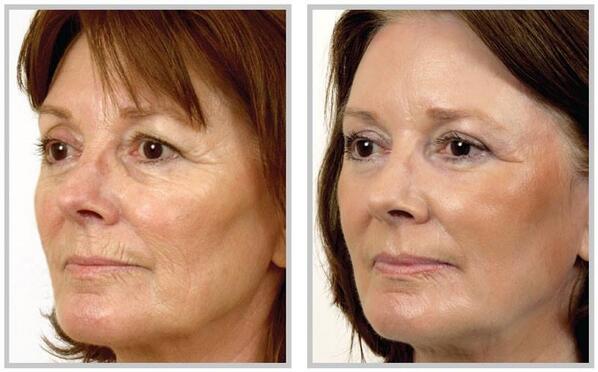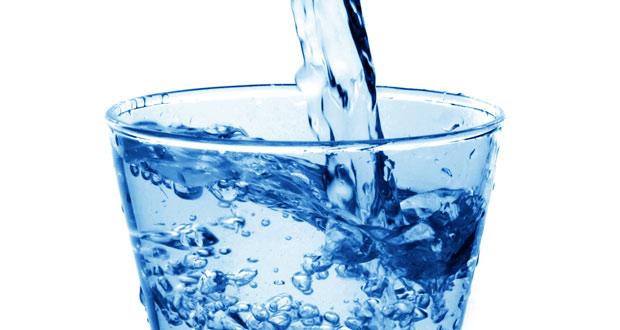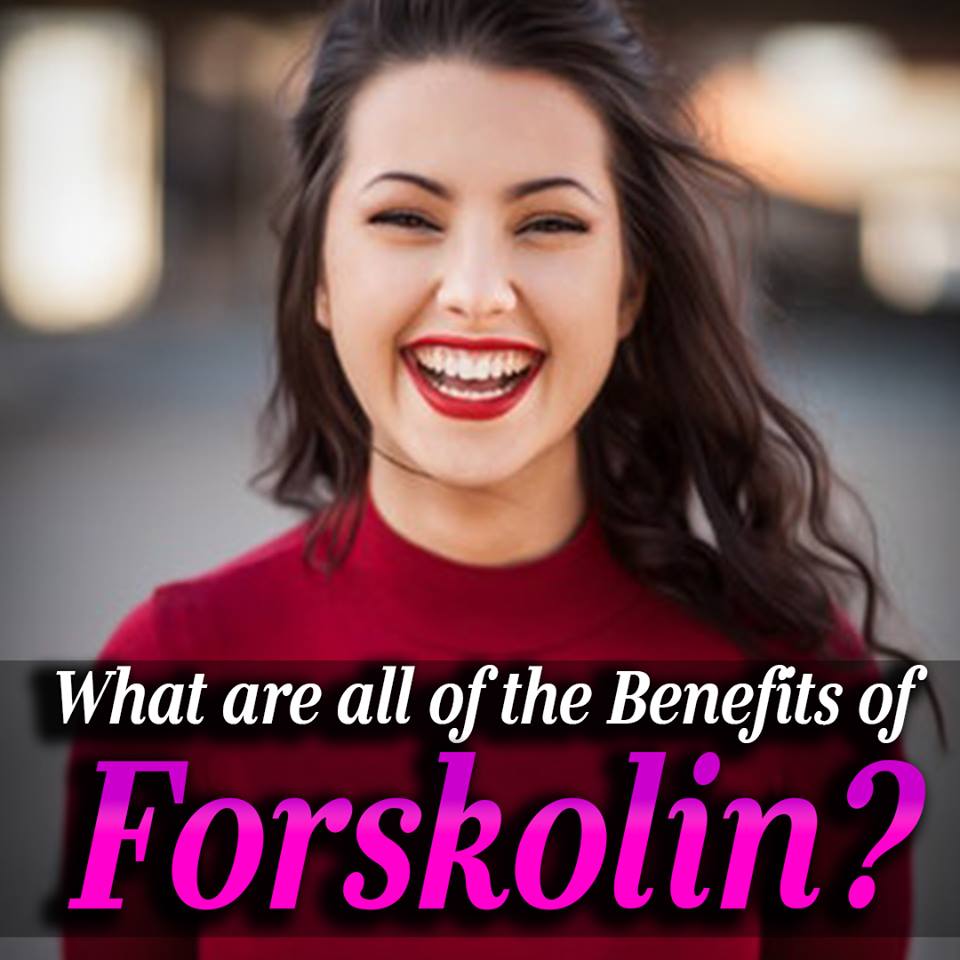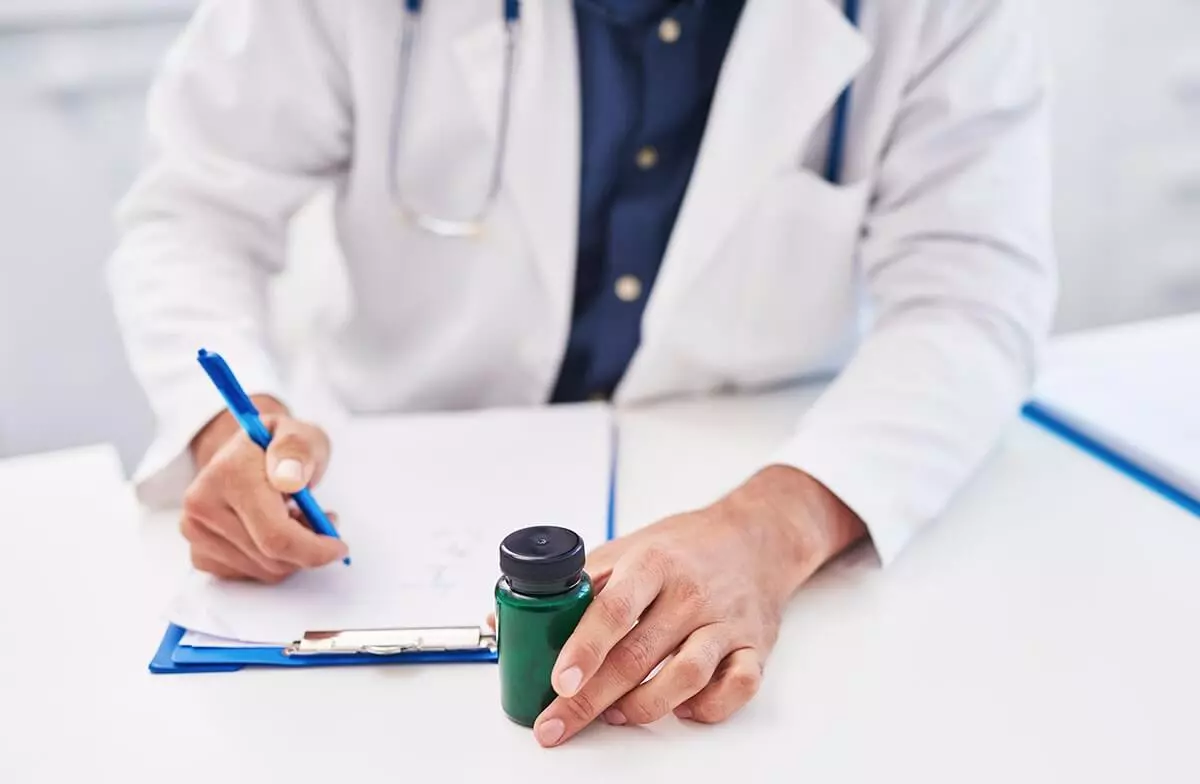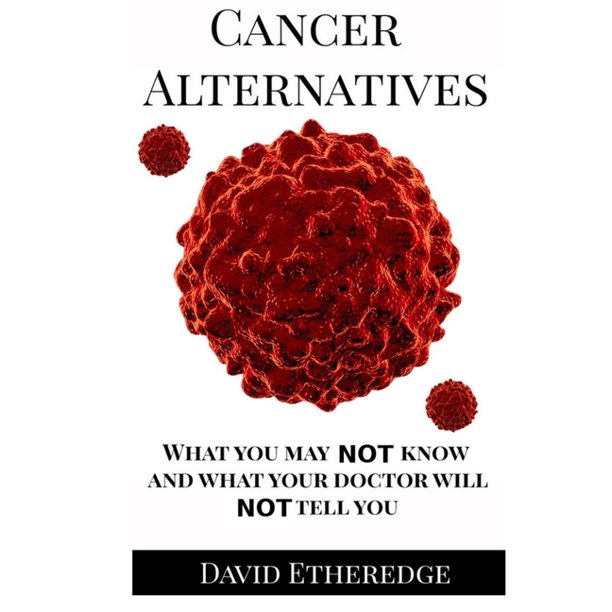
Throughout my Scenario: Aging posts, I will be highlighting some of the emerging bio-medical and technological breakthroughs that seem more like science fiction than science fact. With these radical anti-aging advances on the horizon, we need to look at wellness in new way. Wellness is no longer about small improvements to quality of life, but rather the bridge to a healthier and significantly longer lifespan. We all know that technological breakthroughs can take a long time to reach the market, so while we wait for things like DNA fixes to the anti-aging gene or the 3-D printing of organs for transplant. We need to pay attention and research supplements, vitamins, and ancient herbs that will help us live to see and benefit from these amazing breakthroughs.
While we all hope that we can make it to the science fiction future, human biology is complicated and we need to take a deeper look at the products that propose to slow down the aging process. In this article we will define the terminology used, talk about the mechanisms of aging and free radicals, and then go through a series of anti-aging herbs, vitamins, and products in greater detail. All claims will be backed by references to peer-reviewed and scholarly research.
Free radicals are any atoms with an unpaired electron. In a broad sense they include states that lead to free radical generation or result from free radical reactions. Common free radicals are reactive oxygen species (ROS) and reactive nitrogen species (RNS). (Devasagayam, Tilak, Boloor, & Sane, 2004)
Antioxidants work by a three-step process. First, they scavenge the free radical. Second, the oxidant is safeguarded within the antioxidant. Third. the oxidant is transferred into the antioxidant network. (Vrolijk et al., 2015)
Aging is a “disease syndrome” that gives rise to pathologies (diseases). Broadly speaking, pathologies affect lifespan but among individuals there are wide variations in how they do that. Some people might die early from a particular disease while others might die from more subtle effects of the same disease in their 90s. Treating that disease at any age can be life-extending. When we refer to anti-aging treatment, we’re talking about any intervention aimed at preventing age-related diseases, even if they are not directly related to the biological process of aging. (Gems, 2014)
The free radical aging theory is a widely understood explanation for aging. It’s based on the observation that as we age we produce higher levels of ROS generation and that age-dependent diseases are associated with increases in oxidative stress. Experiments found that ROS generation is a stress signal in response to age-dependent damage, not the initial cause. (Hekimi, Lapointe, & Wen, 2011). The cell has built-in antioxidants that protect the cell from the harmful effects of free-radicals (Devasagayam et al., 2004). Antioxidants consumed in large quantities or administered to the wrong group have been found to be harmful and increase mortality (Vrolijk et al., 2015). ROS signaling stimulates a beneficial response to aging-related disease states. Interestingly, rats that lack antioxidant producing genes live longer (Hekimi et al., 2011). We can conclude that the relationship between free-radicals and antioxidants is a lot more complex than commonly thought and that free radicals are not the principal cause of age-related pathologies. Therefore, increasing intake of antioxidants might do more harm than good.
There are a variety of substances used as preventative medicine for age-related diseases. We will catalog them and look into what current research says about their efficacy.
Turmeric is chemically diverse substance made up of around 235 compounds. Curcumin constitutes 2-5% of turmeric (Aggarwal, Yuan, Li, & Gupta, 2013). Turmeric is a well-known substance but there is an alarming paucity of proper research into its therapeutic uses (Thavorn, Mamdani, & Straus, 2014). While there are plenty of studies on turmeric they are all of small sample sizes that show that there may be some benefit for turmeric as an anti-inflammatory (White & Judkins, 2011). No studies show any harm as a result of consuming turmeric. There just aren’t any large-scale trials testing its use as an adequate preventative measure for age related pathologies.
Green tea was tested in a large-scale randomized double-blind controlled trial with 800 participants in a 12 month period called the Minnesota Green Tea Trial (MGTT). The participants were women at risk of breast cancer. The study found mild, transient adverse effects of green tea extract and concluded it was a safe supplement for breast cancer risk reduction. The study does suggest further study into dosage is necessary for maximum clinical benefits with minimal adverse effects. (Dostal et al., 2015)
Garlic has been found to aid in hypertension by lowering blood pressure (Xiong et al., 2015). It has also been found to aid in preventing cardiovascular disease (Kwak et al., 2014). Thus we can conclude that garlic is an effective supplement to include in preventing heart-related pathologies.
Human Growth Hormone (HGH) has been proven to be a valid treatment for persons suffering hypopituitarism (Kann, 2015). The use of HGH for healthy elderly patients has been found to produce some small changes in body composition but at an increased rate of adverse effects and is thus not recommended (Kann, 2015; Liu et al., 2007)
Ginger is mainly used as a preventative measure for nausea for a wide variety of diseases (Dabaghzadeh, Khalili, Dashti-Khavidaki, Abbasian, & Moeinifard, 2014). There are also pilot studies done that indicate supplementing with ginger may reduce proliferation of colorectal cancer (Citronberg et al., 2013)
Aloe vera has been shown to be a plaque prevention rinse comparable in efficacy to Chlorhexidine (Gupta, Gupta, Bhaskar, & Yadav, 2014). This can be explained by its antibacterial properties (Prabhakar, Karuna, Yavagal, & Deepak, 2015).
Tulsi extracted into a mouth rinse has shown to be just as effective as mouthwash in removing Streptococcus (Agarwal & Nagesh, 2011). There is also conclusive research that was conducted on diabetic rats that showed significant improvement when tulsi was administered as treatment and pretreatment (Halim & Mukhopadhyay, 2006).
Vitamin C is a widely regarded preventative supplement and treatment. Studies show that Vitamin C administered to newborns of women who smoke decreased wheezing to levels of newborns from non-smokers (McEvoy et al., 2014). A regular person gets most of their daily required Vitamin C from their diet; it’s only necessary to meet the saturation requirements to prevent scurvy. Studies that have mortality endpoint have not found significant positive effects of supplementing with Vitamin C (Lykkesfeldt & Poulsen, 2010).
L-methylfolate is a derivative of folic acid that is easily able to cross the blood-brain barrier. Folate deficiency increases the risk of neuropsychiatric disorders such as depression. Causes of folate deprivation include smoking, alcohol, and dietary deficiency. L-methylfolate has antidepressant properties and enhances the effectiveness of traditional antidepressants. (Hunter, 2008; Papakostas et al., 2012)
The research results aren’t as glamorous as one hopes but they bring us back into grounded reality. There’s no fountain of yout



